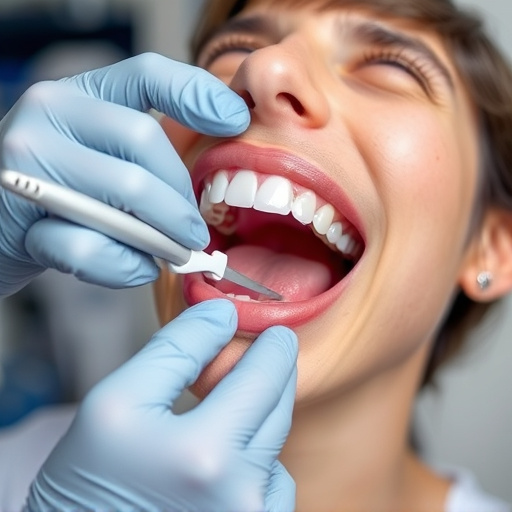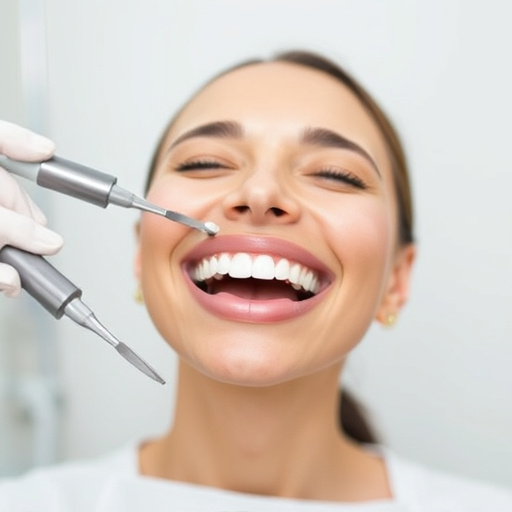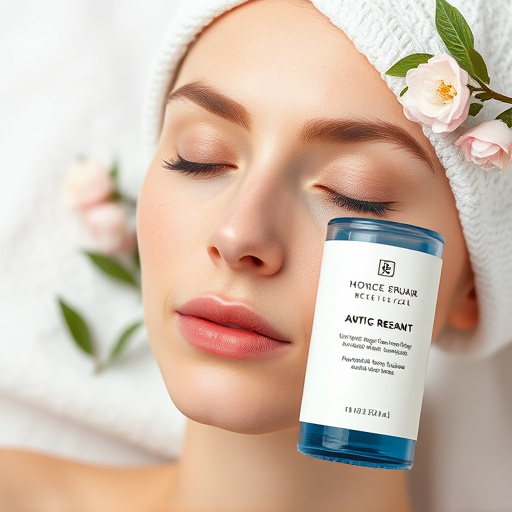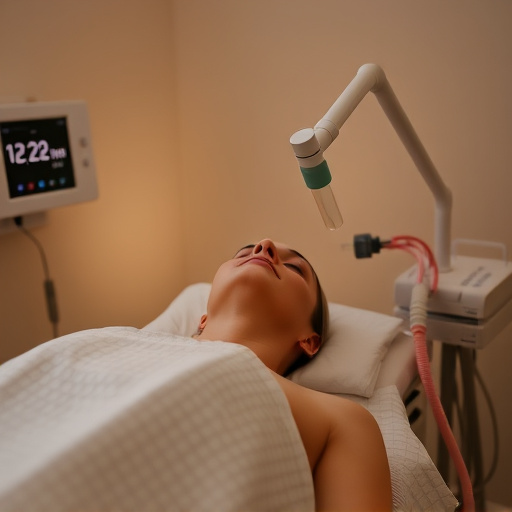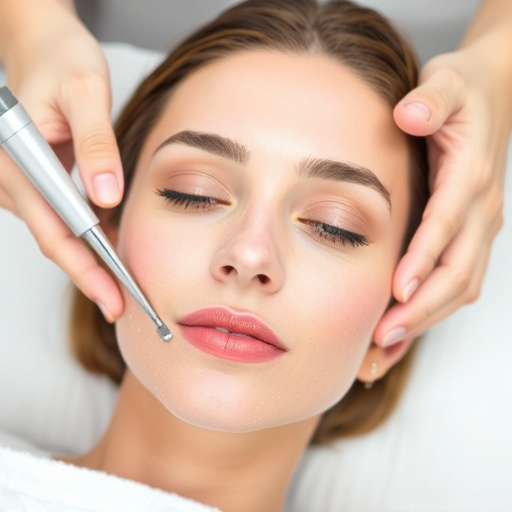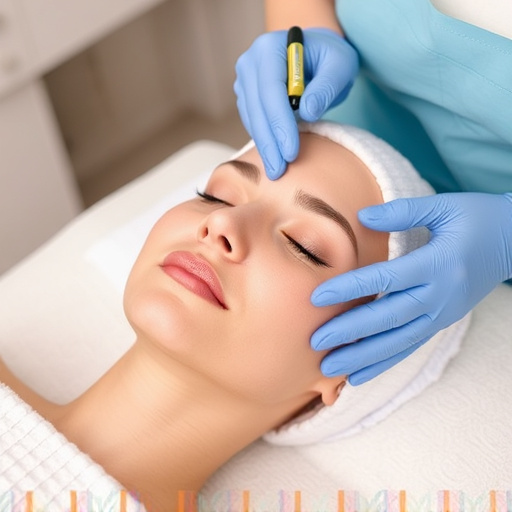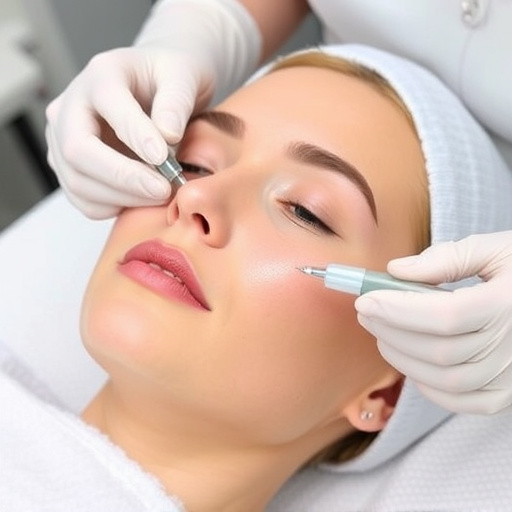Sun damage presents in various forms like hyperpigmentation, photoaging, sunburn, and long-term issues. Effective treatment requires identifying specific issues such as wrinkles, age spots, or hyperpigmentation. Chemical peels, laser hair removal, injectables, and topical creams are tailored options for addressing these concerns under professional guidance from a dermatologist.
Sun damage can manifest in various forms, from subtle aging signs to severe conditions like melanoma. Understanding different types of sun damage is crucial for selecting the right treatment. This guide will walk you through evaluating your skin’s condition and severity, exploring a range of treatment options, and understanding their benefits. From topical creams to laser therapies, learn how to choose the best course of action for effective sun damage treatment.
- Understanding Different Types of Sun Damage
- Evaluating Skin Condition and Severity
- Exploring Treatment Options and Their Benefits
Understanding Different Types of Sun Damage

Sun damage can manifest in various ways, each requiring a specific approach for effective treatment. Understanding these different types is crucial to choosing the right sun damage treatment. One common sign is hyperpigmentation, characterized by dark spots and uneven skin tone, often caused by overproduction of melanin as a response to UV exposure. Another type is photoaging, which refers to premature aging of the skin due to sun damage, leading to wrinkles, fine lines, and loss of elasticity.
Additionally, sunburn, both mild and severe, is another form of sun damage that can result in redness, swelling, and peeling. More severe cases may lead to long-term effects like solar keratoses—pre-cancerous growths on the skin—and even skin cancer. When considering sun damage treatment, it’s important to match the approach with the specific type of damage. For instance, chemical peels can effectively address hyperpigmentation and photoaging by removing layers of damaged skin, while laser hair removal targets the root of unwanted hair growth commonly associated with sun exposure. Wrinkle reduction treatments like injectables or topical creams may be recommended for minimizing fine lines and improving skin texture.
Evaluating Skin Condition and Severity

When considering sun damage treatment, the first step is to thoroughly evaluate your skin’s condition and severity. Sun damage can manifest in various ways, from fine lines and wrinkles to age spots and loss of elasticity. It’s crucial to assess the extent of the damage, as this will dictate the most effective treatment approach. Look for specific indicators like hyperpigmentation, coarse or rough texture, or thinning skin – these are telltale signs that prompt a closer examination.
Different sun damage treatments target different issues. Anti-aging treatments, for instance, focus on reducing visible signs of aging, while personalized skincare routines can help restore and maintain skin health at any stage of sun damage. Understanding your skin’s unique needs is key to selecting the right treatment. Consult with a dermatologist or skincare expert who can guide you through available options based on your evaluation, ensuring you choose a sun damage treatment tailored to address your specific concerns effectively.
Exploring Treatment Options and Their Benefits

When exploring sun damage treatment options, it’s crucial to understand the diverse range of choices available. Beyond topical creams and serums, procedures like chemical peels and laser therapy offer targeted approaches for addressing specific aspects of sun-induced skin damage, such as hyperpigmentation and texture irregularities. Each method has its unique benefits, with some focusing on skin brightening and others prioritizing skin rejuvenation.
Consider your primary concerns when selecting a sun damage treatment. For instance, if you’re aiming to reduce the appearance of age spots and fine lines, a combination of topical antioxidants and laser therapy might be ideal. Alternatively, for those seeking smoother, more even skin texture, chemical peels or microdermabrasion could offer superior results in promoting healthier, glowing skin and enhancing overall skin health.
When it comes to selecting the ideal sun damage treatment, a comprehensive understanding of your skin’s condition and available options is key. By evaluating the severity of sun damage and exploring treatments like chemical peels, laser therapy, or topical creams, you can choose the best course of action to restore and protect your skin. Remember, early intervention and consistent care are essential for effective sun damage treatment.


